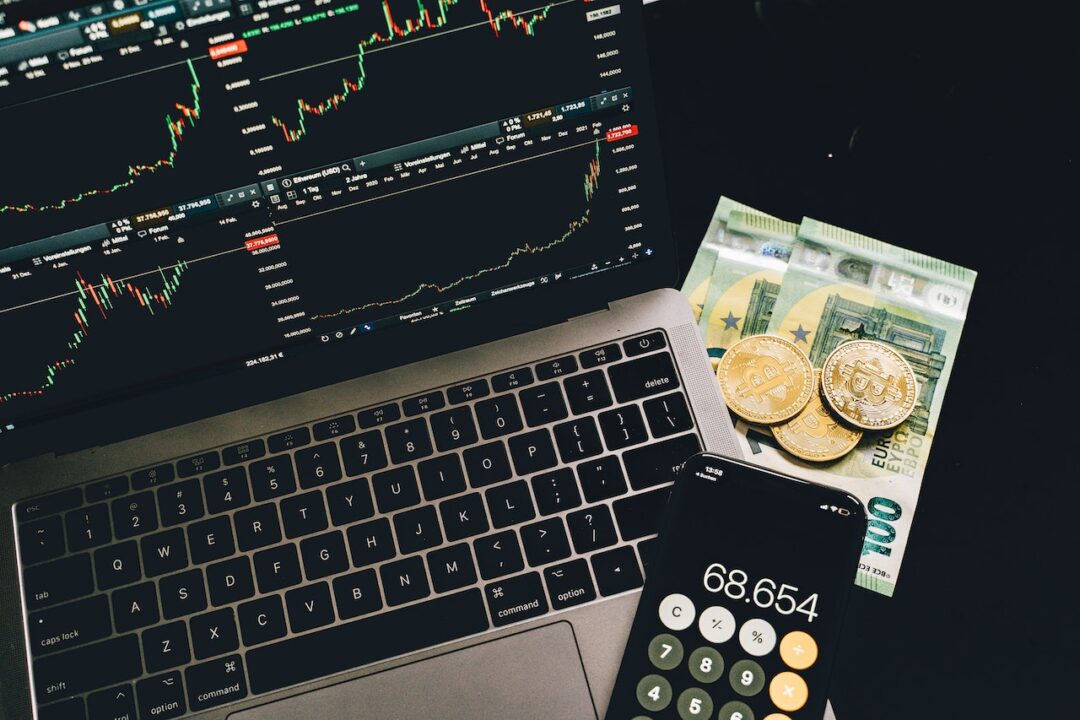Algorithmic Crypto Trading. The world of cryptocurrency trading has seen an exponential increase in popularity, attracting both seasoned investors and newcomers. As markets evolve and become more complex, traders look for new ways to profit from price movements. Algorithmic Crypto Trading, a cutting-edge strategy that leverages advanced algorithms to execute trades based on data-driven insights, is one such method gaining traction. In this article, we delve into the world of Algorithmic Crypto Trading, looking at its definition, benefits, and how it is changing the landscape of digital asset investment.
Understanding Algorithmic Crypto Trading
Algorithmic Crypto Trading, also known as automated trading or black-box trading, is an advanced method of executing buy and sell orders in cryptocurrency markets. This strategy is based on using computer programs to identify profitable opportunities and execute trades at speeds far exceeding human capacity.
These algorithms are programmed to execute predefined rules and instructions based on historical price data, technical indicators, and statistical patterns. Algorithmic Crypto Trading’s ultimate goal is to capitalize on market inefficiencies and fleeting price differentials that human traders may overlook or struggle to exploit.
The Advantages of Algorithmic Crypto Trading
A. Speed and efficiency: The ability of algorithmic trading to execute trades at lightning speed is its defining feature. Computers can analyze massive amounts of data in milliseconds and execute orders far faster than any human trader. This speed advantage is critical in a market that operates around the clock and experiences rapid price fluctuations.
B. Emotions can frequently cloud a trader’s judgment and lead to irrational decisions. Algorithmic Crypto Trading eliminates human bias by following predefined rules that are unaffected by fear, greed, or other emotions. As a result, it aids in the maintenance of a disciplined and systematic trading approach.
C. Backtesting and Optimization: Before deploying an algorithmic strategy, its performance can be evaluated using historical data. This procedure enables traders to fine-tune and optimize their algorithms, increasing the likelihood of consistent profitability.
D. Diversification: Algorithmic trading systems can manage multiple assets and markets at the same time, spreading risk across a diversified portfolio. This diversification reduces exposure to individual asset volatility while also improving overall risk management.
The Components of Algorithmic Crypto Trading
A. Data Collection and Analysis: The foundation of algorithmic trading is comprehensive data collection. Traders collect massive amounts of market data, both historical and real-time, such as price movements, trading volumes, and order book information. This information is meticulously analyzed to identify patterns and trends that can be used to guide trading strategies.
B. Strategy Formulation: Traders create algorithms that implement specific trading strategies based on data analysis. Simple moving average crossovers to sophisticated machine learning models that adapt to changing market conditions are examples of these strategies.
C. Effective risk management is critical for mitigating potential losses. To protect their capital and maintain consistent performance, traders use risk controls and position sizing techniques.
D. Order Execution: When the algorithm identifies a profitable opportunity, it executes the trade automatically based on the predefined parameters. This automated execution ensures quick response times while eliminating human-caused delays.
In the ever-changing world of digital asset investment, Algorithmic Crypto Trading has emerged as a formidable force. Traders can gain a competitive advantage in the highly volatile cryptocurrency markets by leveraging data-driven strategies and automated execution.
Algorithmic Crypto Trading is expected to further transform the landscape of crypto trading as technology advances, bringing efficiency and innovation to the forefront of this dynamic industry. Traders must, however, exercise caution and constantly refine their algorithms to adapt to changing market conditions and ensure long-term success in this exciting domain.
Algorithmic Crypto Trading FAQ
What are the potential risks of Algorithmic Crypto Trading?
While Algorithmic Crypto Trading has many advantages, it is not without risks. Technical failures, algorithmic errors, and market volatility are all potential drawbacks. Unintended consequences could result from technical issues or glitches in the trading system, resulting in significant losses. Furthermore, while algorithms may perform well with historical data, they struggle to adapt to sudden market shifts. To effectively mitigate these risks, traders must carefully monitor and test their strategies.
Can Algorithmic Crypto Trading guarantee profits?
Algorithmic Profits from cryptocurrency trading cannot be guaranteed. While algorithms can analyze data faster than humans and efficiently execute trades, the cryptocurrency market remains highly volatile and unpredictable. Market conditions can shift quickly, resulting in unexpected outcomes. Traders must remember that past performance does not guarantee future results, and careful risk management is required to navigate the cryptocurrency market’s inherent uncertainties.
Disclaimer: The information in this article is intended to be general and should not be construed as financial or investment advice. Trading cryptocurrencies entails significant risks, and past performance is not indicative of future results. Before making any investment decisions, always conduct research and consult with a qualified financial advisor.
